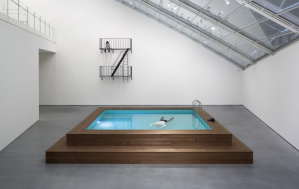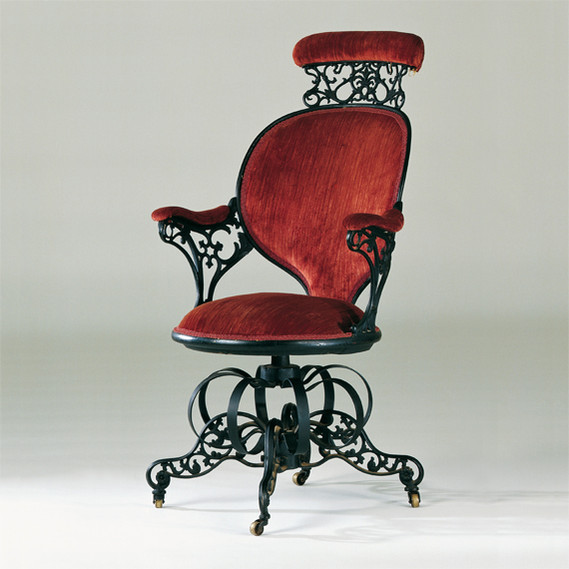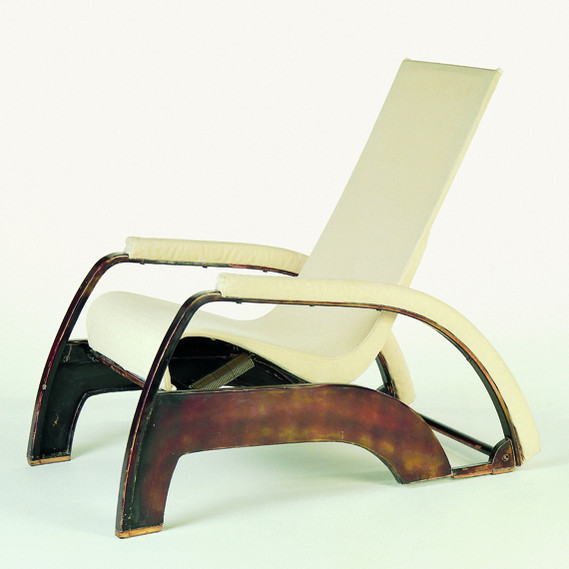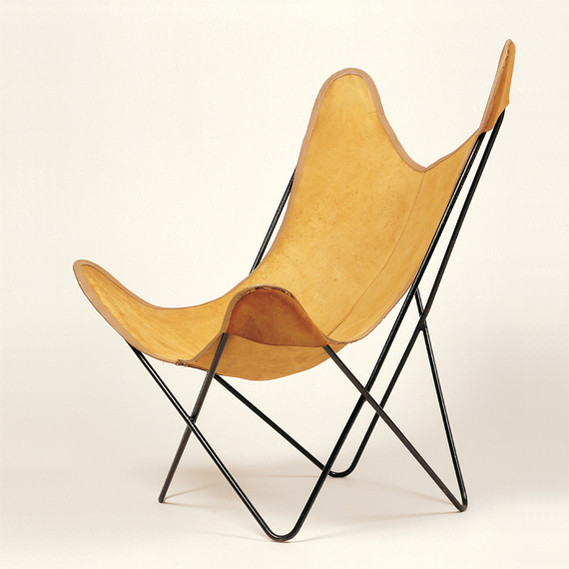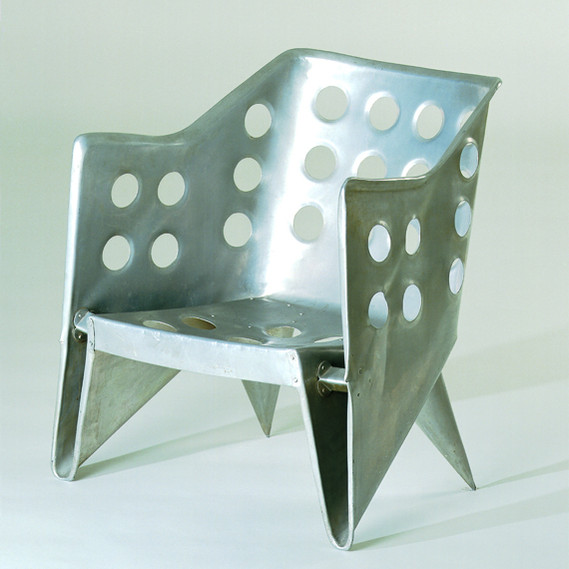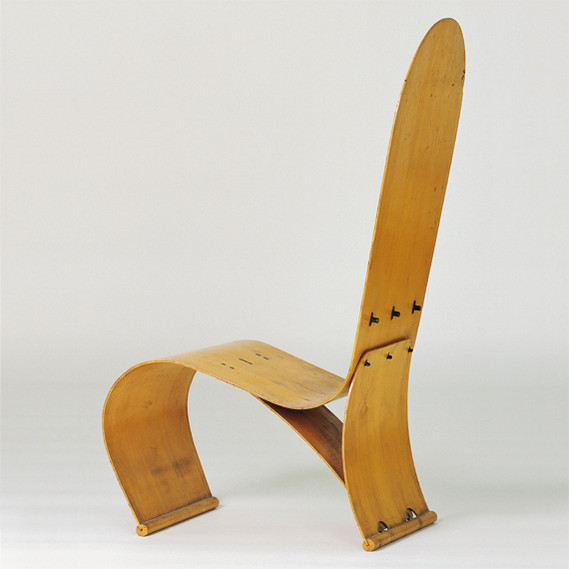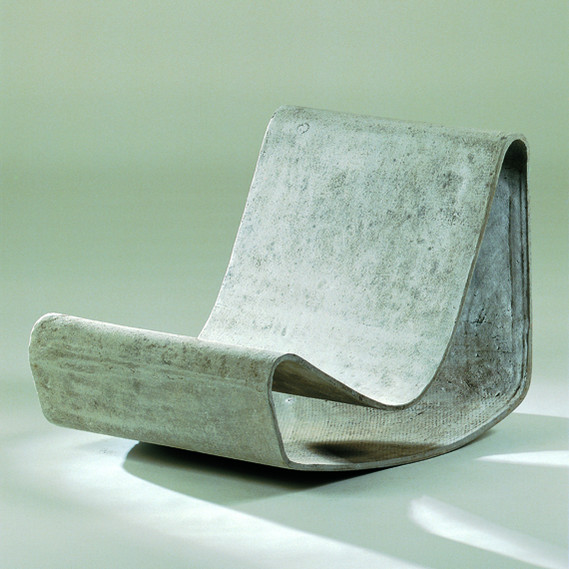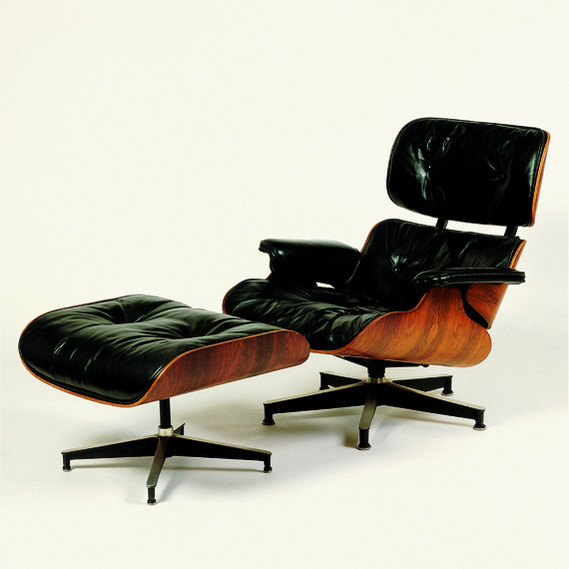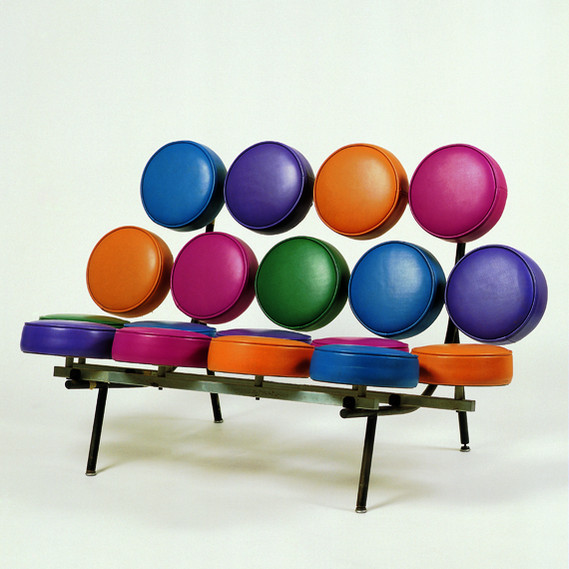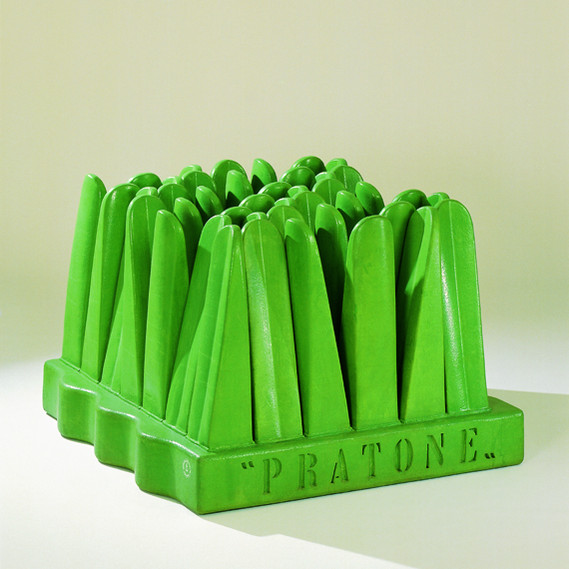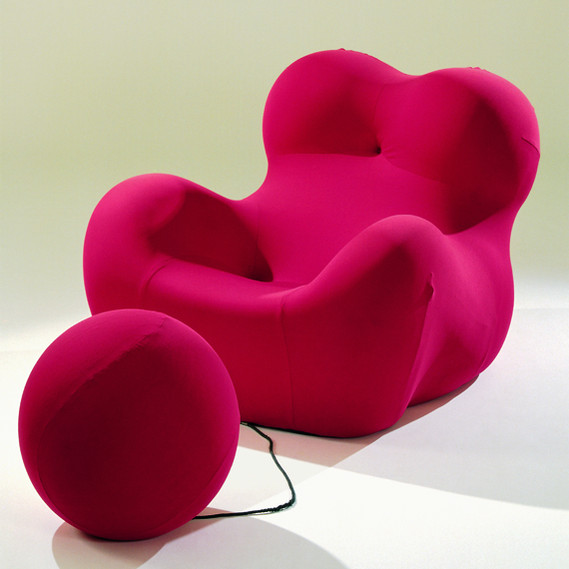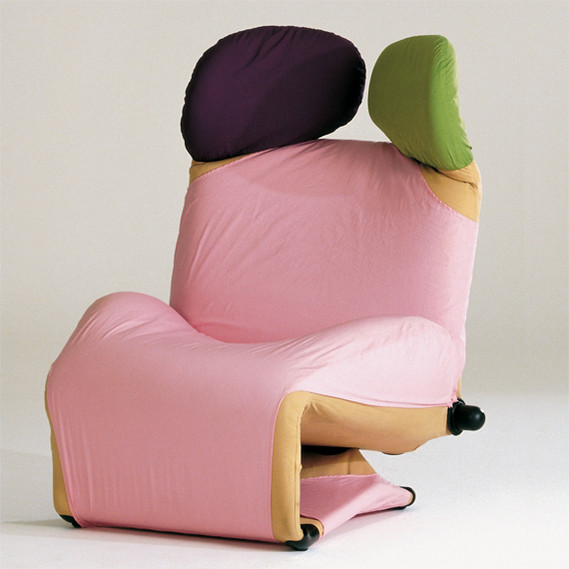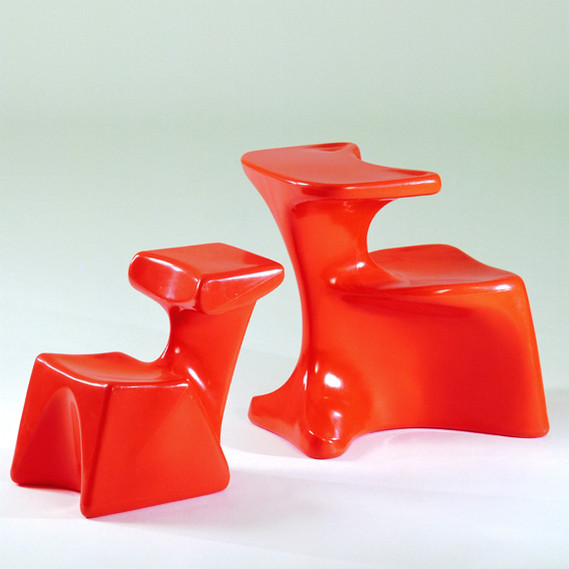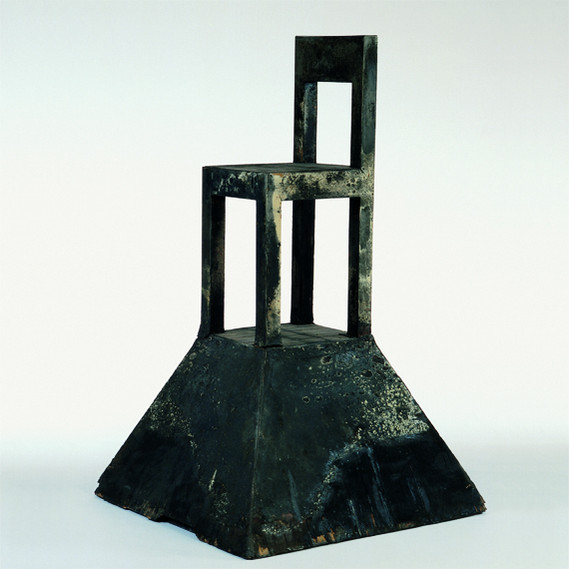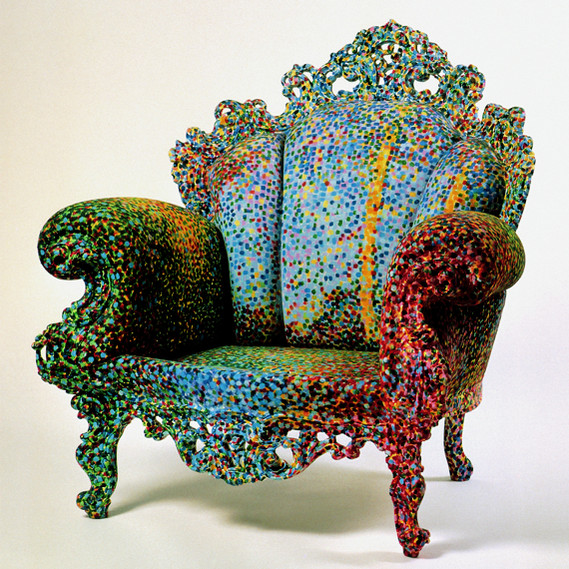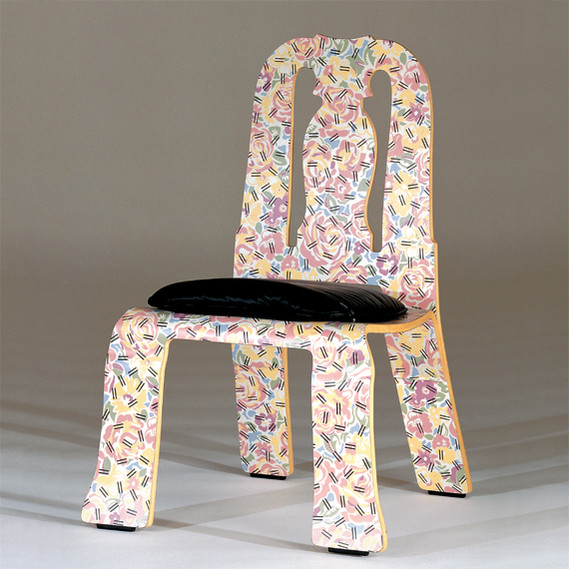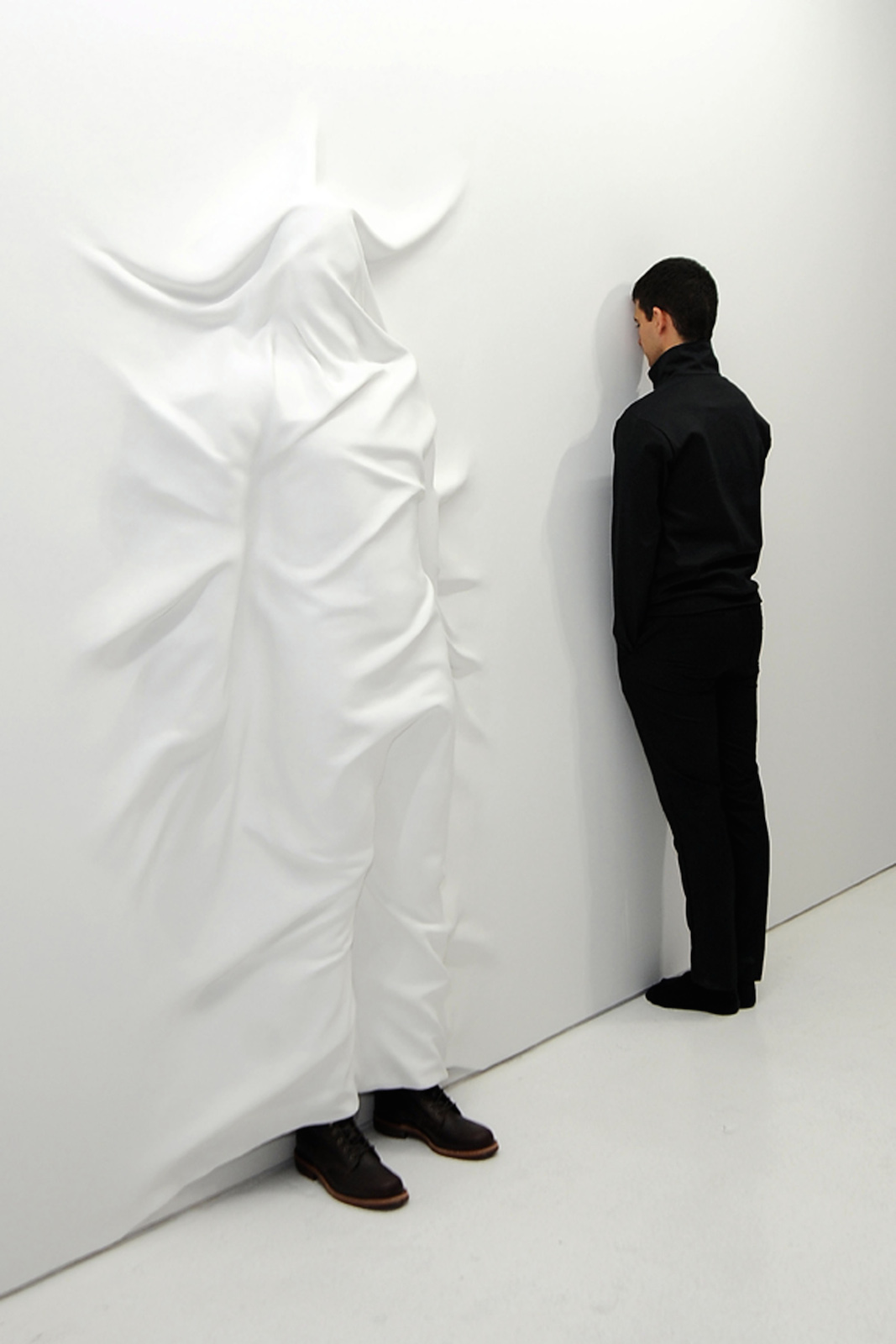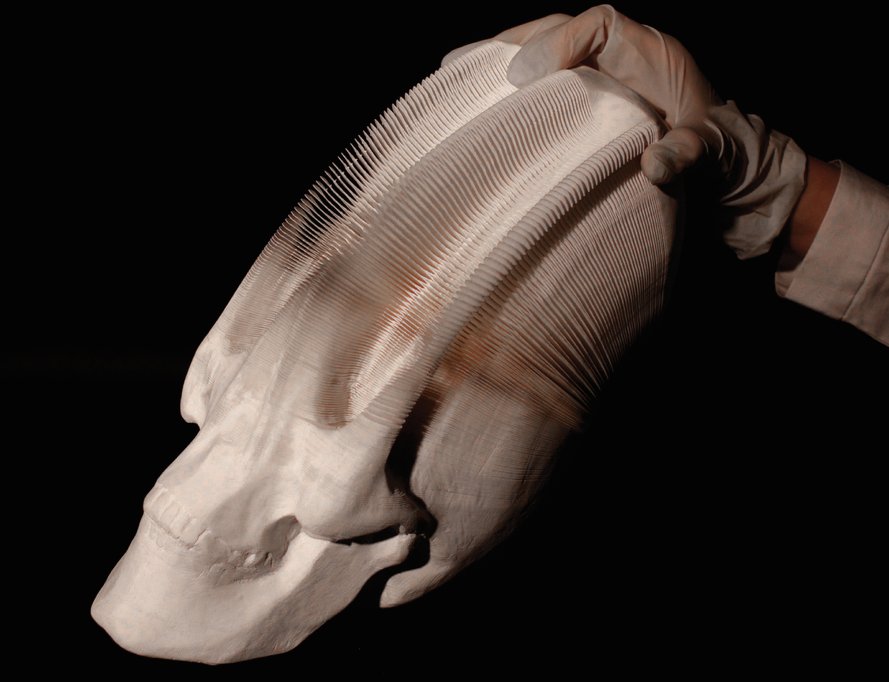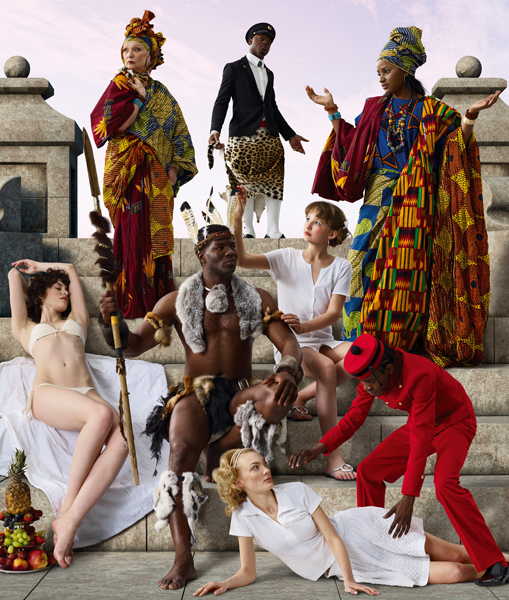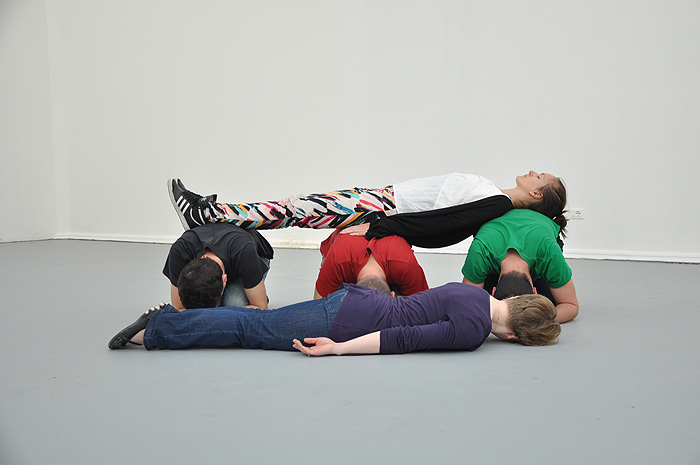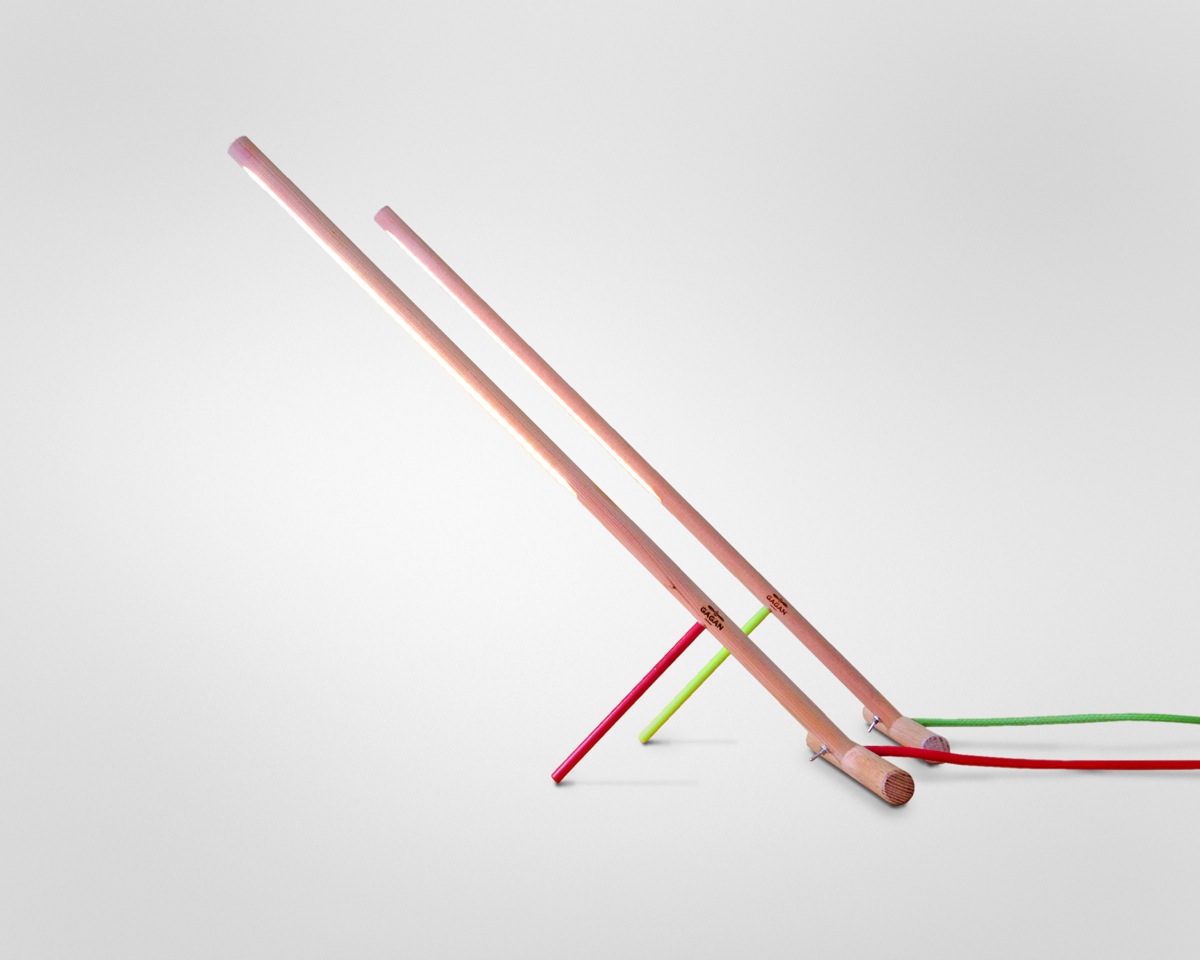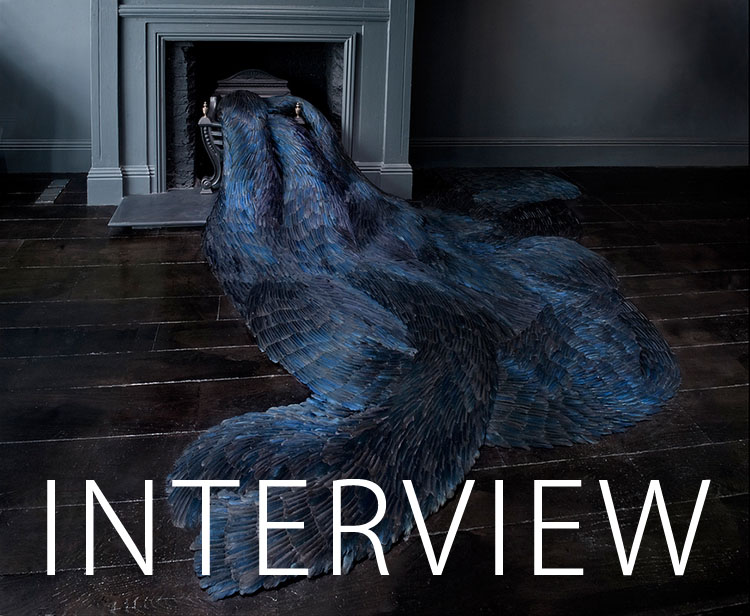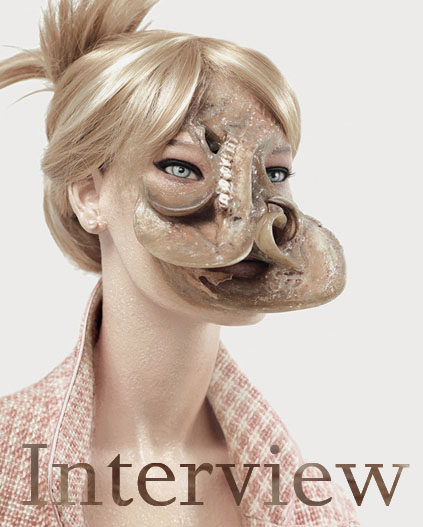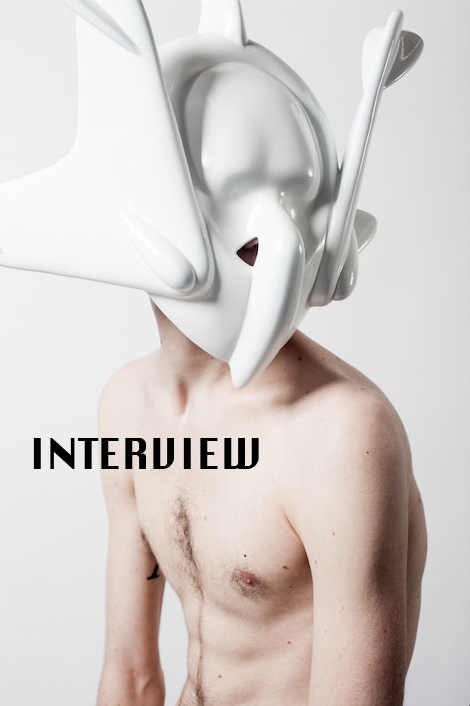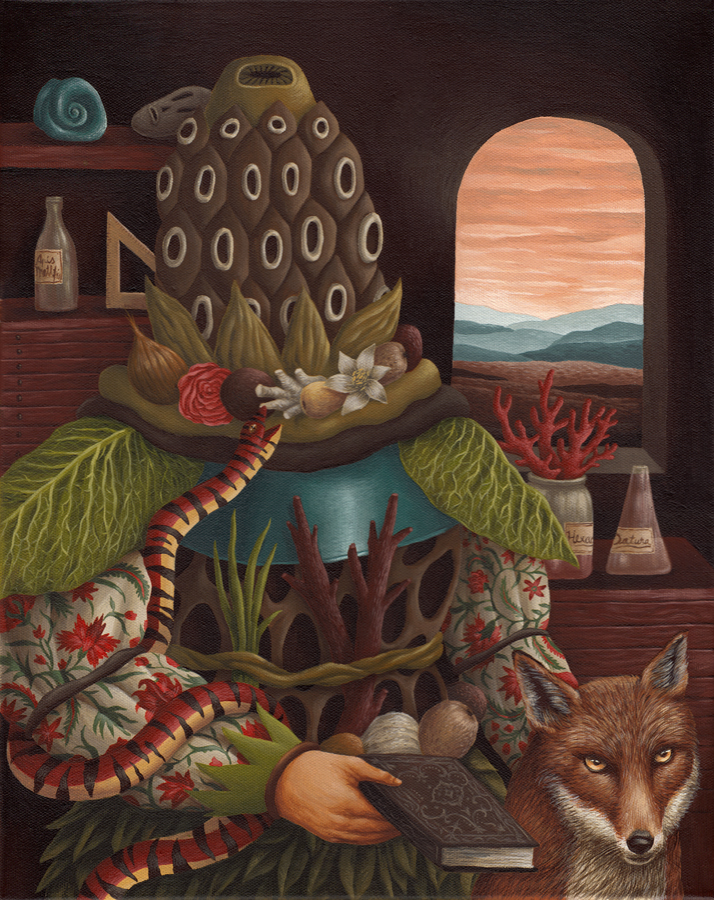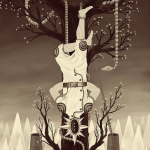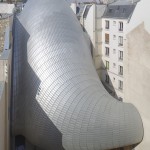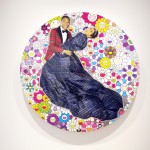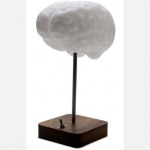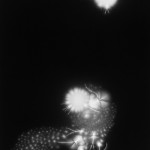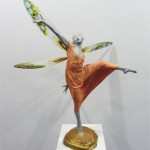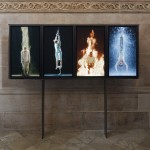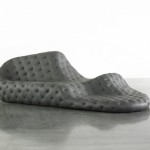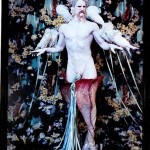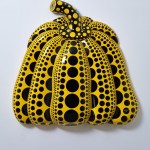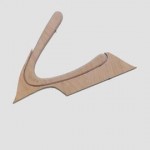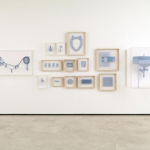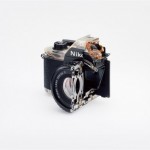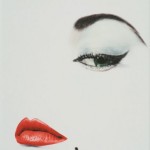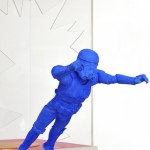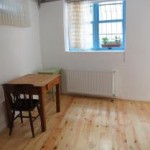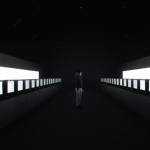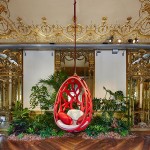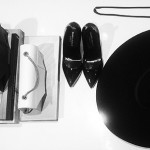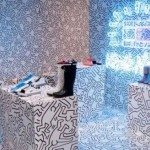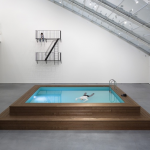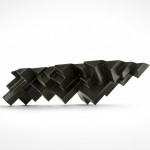INHALE is a cultural platform where artists are presented, where great projects are given credit and readers find inspiration. Think about Inhale as if it were a map: we can help you discover which are the must-see events all over the world, what is happening now in the artistic and cultural world as well as guide you through the latest designers’ products. Inhale interconnects domains that you are interested in, so that you will know all the events, places, galleries, studios that are a must-see. We have a 360 degree overview on art and culture and a passion to share.

Until 1900
From Cottage Craft to Industrial Production
In the first half of the 19th century the industrial revolution took place, changing things in all walks of human life to an hitherto inconceivable extent. The growing self-confidence of the bourgeosie vis-à-vis the ruling aristocracy and a wave of new inventions had, ever since the 17th century, already caused a gradual reorganization of society and the world of work. When James Watt developed the first functioning steam-engine in 1783 and thus tapped a source of energy that did not depend on ambient conditions to drive machines, it was a decisive step forward in industrialization. This process spread from England in the early 19th century and by 1850 had also caught on in the other wealthy countries of Europe.
1900-1920
First Designers
While, at the beginning of the 20th century, social problems in Europe were the issue underlying many disputes between employers and employees, the US economy continued to grow uninhibitedly. As early as the last quarter of the 19th century, it was here that Thomas A. Edison invented the electric bulb, the record player and the cinematograph, while Alexander Graham Bell invented the telephone – objects which were to have a decisive influence on the 20th century.
1921-1930
The Breakthrough of Modernism
An economic boom a few years after World War I led in the large European and American metropolises to an optimistic outlook and pulsating life. The cityscape started to be shaped by gigantic office buildings and department stores, cars and streetcars. Even before the war, artists and intellectuals had joined together to form numerous avant-garde groups, and now Modernism broke through in full force. In their pictures, painters like Wassily Kandinsky, Piet Mondrian or Casimir Malevich expounded the first principles of abstract art; its conception of space was soon to be paralleled in architecture and the applied arts.
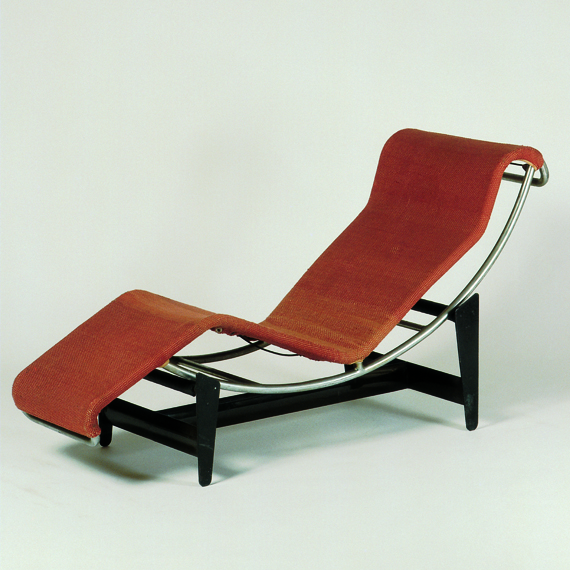
Chaise longue, réglage continu, B 306
Le Corbusier, Pierre Jeanneret, Charlotte Perriand
photo design-museum.de
1930-1941
The Avant-Garde, Styling, Repression
In 1928, a dramatic stock exchange crash brought the economic boom of the 1920s to a sudden end and triggered a world economic crisis. In Europe and the United States, the number of unemployed rocketed, governments were no longer able to absorb the consequences of rampant capitalism. In Russia, Germany, Italy and Spain the economic crisis forms the seedbed for totalitarian regimes, which often managed to control all areas of the state, including art and design, only shortly after taking over at the helm. In Italy, the fascist government took the stage as the promoter of Modernist architecture and design. The futurist movement, which glorifies technical progress, was also swiftly gobbled up by fascism.
1941-1950
Design during World War II
World War II brought artistic and cultural life to a complete standstill throughout Europe. Artists, designers and architects, in so far as they were not driven into exile, had neither the financial resources nor the necessary materials to realize their ideas. While civil sciences and research stagnated, all resources were committed to the production of war materials. Thus, airplane technology makes a leap forward with the development of jets.
1951-1960
Mass Products of the Economic Miracle
In Europe, the post-War years were characterized by a prevailing longing for security and an orderly life. Not least owing to the financial and material aid received from the US, the economies in the war-torn countries rapidly improved. The United States also set the standards in Europe with regard to what was held to be progress and fashion. Cars, refrigerators, televisions, washing machines or record players become generally affordable and invade the household and leisure time. The results of the war effort in the plastics sector are now applied to civilian purposes and processes, spawning everyday objects such as nylons, Tupperware or plastic seating.
1961-1970
Consumption and Protest
The boom in industry and commerce also continues in the early 1960s. In some European countries, there were even labor shortages so that foreign workers from southern Europe had to be recruited. In the Western industrialized countries, a saturation point had been reached, with the lion’s share of households already equipped with the most important technical appliances. Nevertheless, demand is bolstered through advertising and short-lived products.
1971-1980
An Obituary to Modernism
Social unrest in the late 1960s did not lead to a complete upheaval, but did provide numerous new stimuli to thought. The strategy of nuclear deterrence and the Cold War keep the ideological debate going, while in 1972 the Club of Rome is the first major body to draw attention to the ecological dangers resulting from the exploitation of nature.
1981-1990
Design an Lifestyle
Influenced by the economic upturn world-wide and major progress in the area of electronic data transmission, personal success and comfort of life become foregrounded as values, with the socio-political ideals of 1968 ceasing to be important. Communications media and computers conquer the private domain, which therefore becomes more significant and indeed, even starts to function as a place of work. Design becomes the expression of a personal lifestyle, a status symbol and a fashion.


